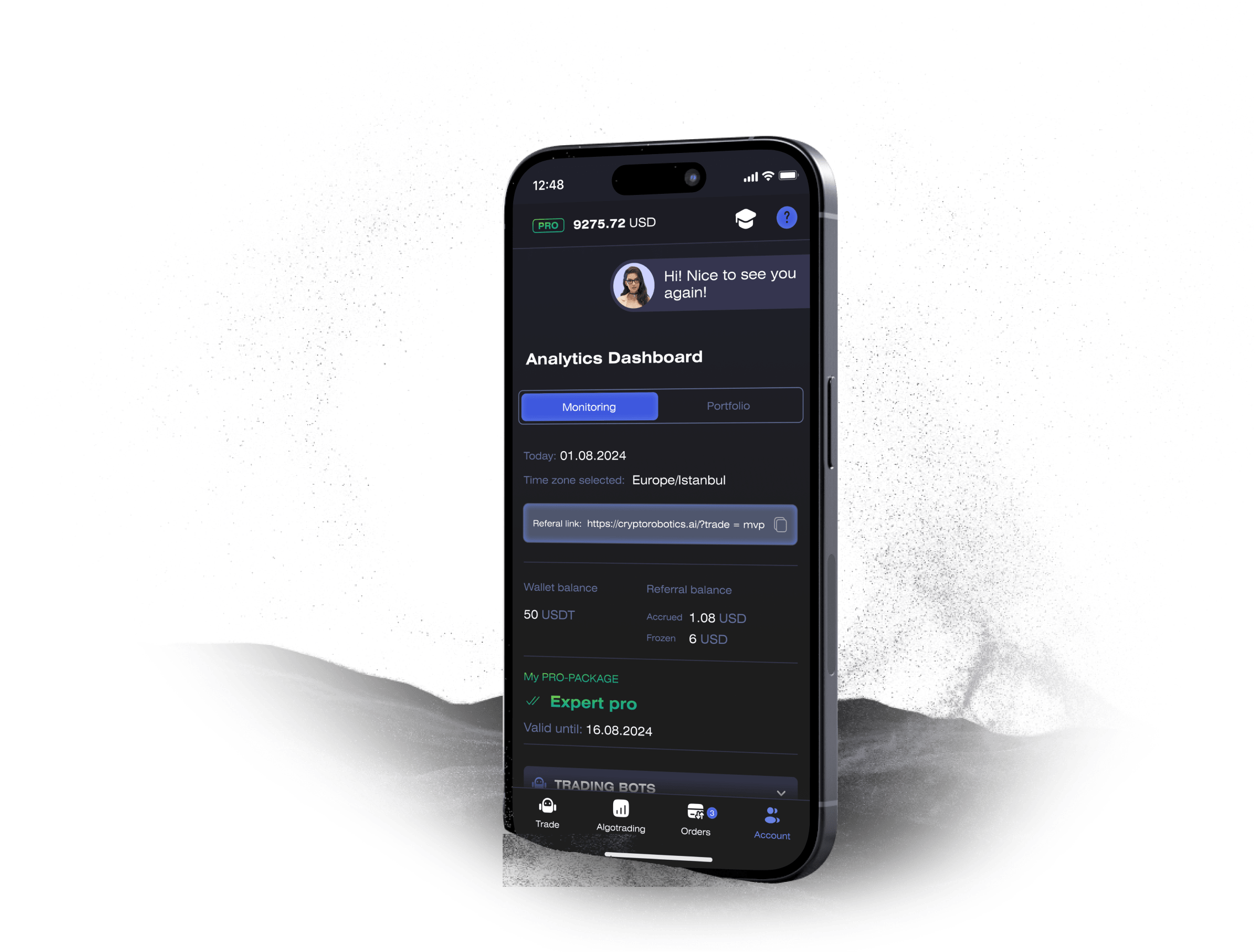Published: November 03, 2024 at 6:03 am
Updated on June 09, 2025 at 7:06 pm




I’ve been dabbling in crypto for a while now, and I kept hearing about these trading bots that could automate the whole process. The idea of not having to stare at charts all day was appealing, but I also knew there were risks involved. So, I decided to take a cautious approach and build my own bot from scratch. Here’s how it went down.
First off, let me explain why I wanted one in the first place. Crypto markets never sleep, and neither do my FOMO and panic. I needed something that could trade for me while I was busy living my life (or at least trying to). But I also wanted to avoid the black box mystery of paid bots where you have no clue what’s going on under the hood.
After some research, it became clear that Python was the way to go. It’s user-friendly and has tons of libraries for financial data analysis—exactly what I needed. Other languages like Java or C++ seemed too complicated for my purposes.
Next up was defining my trading strategy. This part took a while because it required some soul-searching (and some backtesting). I had to figure out which indicators would trigger buys or sells and set up risk management rules—like stop-loss orders—to save me from myself.
Once my strategy was in place, it was time to code. This is where things got tricky. First, I had to set up an account with an exchange platform (I chose Binance) and get my API key and secret. Then came the fun part: writing code that would analyze market data, identify opportunities based on my strategy, and execute trades.
I won’t lie; this part tested my patience. But after some trial and error (and a few YouTube tutorials), I managed to get it working.
With everything coded up, it was time for backtesting—running my bot against historical data to see how it would have performed in the past. Spoiler alert: It didn’t go well at first.
But after tweaking both my strategy and the code (which wasn’t as efficient as it should’ve been), things started looking better.
If you’re thinking about diving into trading bot development yourself, here are some things you might want to keep in mind:
So there you have it—a cautious journey into the world of automated trading via self-built bot! Is it perfect? No system is; but at least now I’m aware of its limitations… just like myself ?
Access the full functionality of CryptoRobotics by downloading the trading app. This app allows you to manage and adjust your best directly from your smartphone or tablet.


News
See more







Blog
See more






